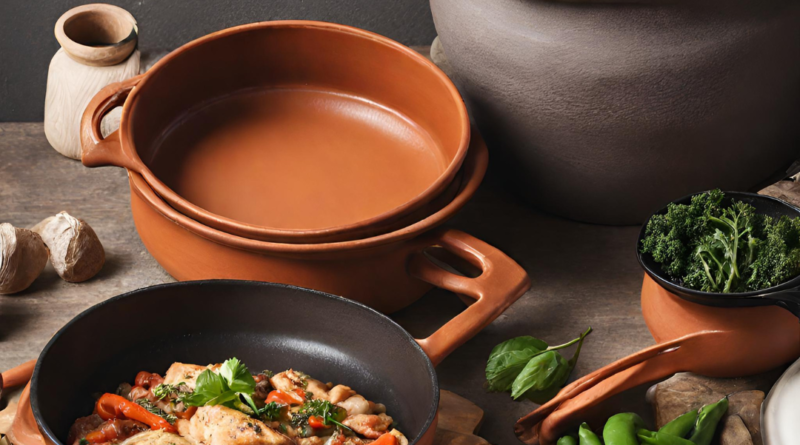How does clay cooking impact the nutritional value of dishes?
Clay cooking can impact the nutritional value of dishes in several ways, often in a positive manner:
1. Preservation of Nutrients
Clay pots, especially unglazed ones, cook food gently and evenly at lower temperatures. This helps in preserving the heat-sensitive vitamins and minerals in the ingredients, such as vitamin C and certain B vitamins, which can degrade at high temperatures. The slower cooking process allows these nutrients to be retained in the final dish.
2. Enhanced Flavor with Less Fat
Clay cookware’s ability to retain moisture and evenly distribute heat can enhance the natural flavors of ingredients. This often means you can use less fat or oil in your recipes, leading to lower overall calorie and fat content in dishes. This is particularly beneficial for individuals watching their fat intake.
3. Reduction in Toxins
Unlike some non-stick coatings or materials used in cookware, clay pots do not release harmful chemicals or toxins at high temperatures. This ensures that the food cooked in clay pots remains free from potentially harmful substances that can be associated with certain non-stick coatings.
4. Minimal Loss of Water-Soluble Nutrients
The moisture retention properties of clay pots help minimize the loss of water-soluble nutrients like vitamin B and certain minerals, such as potassium. This means that more of these essential nutrients remain in the cooked food.
5. Alkaline Cooking Environment
Clay is naturally alkaline, which can help balance the acidity of certain ingredients. While this doesn’t have a direct impact on nutritional value, it can improve the overall digestion and absorption of nutrients in the body.
6. Promotion of Healthy Cooking Practices
Clay pots are often associated with slow cooking and the use of whole, unprocessed ingredients. These cooking practices align with healthier eating patterns, encouraging the consumption of fresh, nutrient-dense foods and reducing the reliance on processed or convenience foods.
7. Sustainability and Health
Clay cookware is a more sustainable and eco-friendly option compared to cookware made from non-renewable resources or materials that require resource-intensive manufacturing processes. Choosing clay cookware contributes to a healthier planet, indirectly affecting the availability and quality of food resources.
It’s important to note that the impact of clay cooking on the nutritional value of dishes can vary depending on factors such as the specific clay used, the cooking techniques employed, and the ingredients in the recipe. Additionally, while clay cooking can provide these potential benefits, a balanced and varied diet remains crucial for overall nutrition and health.


